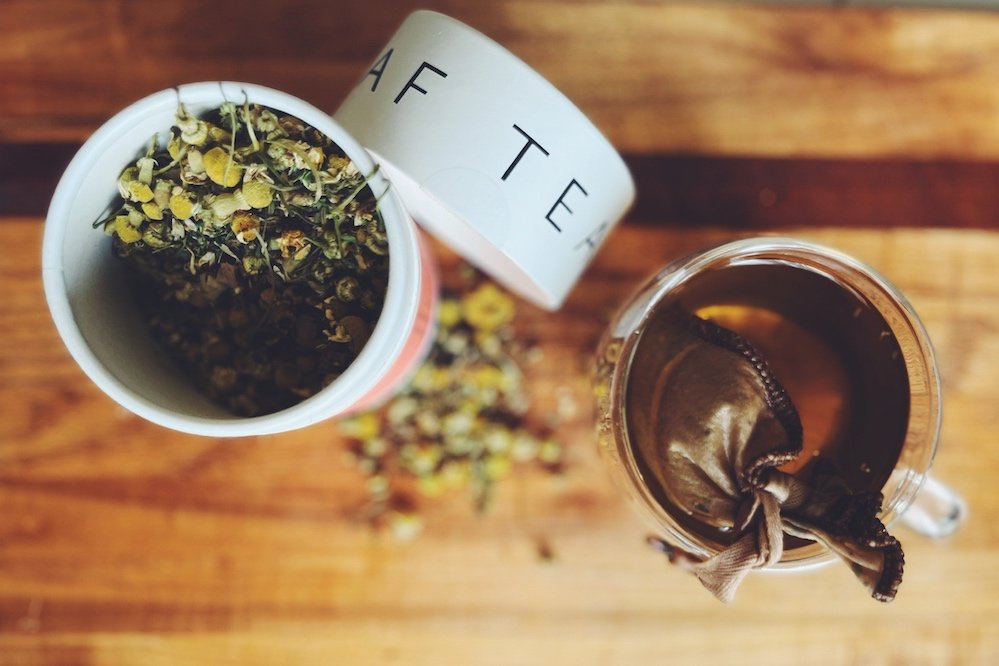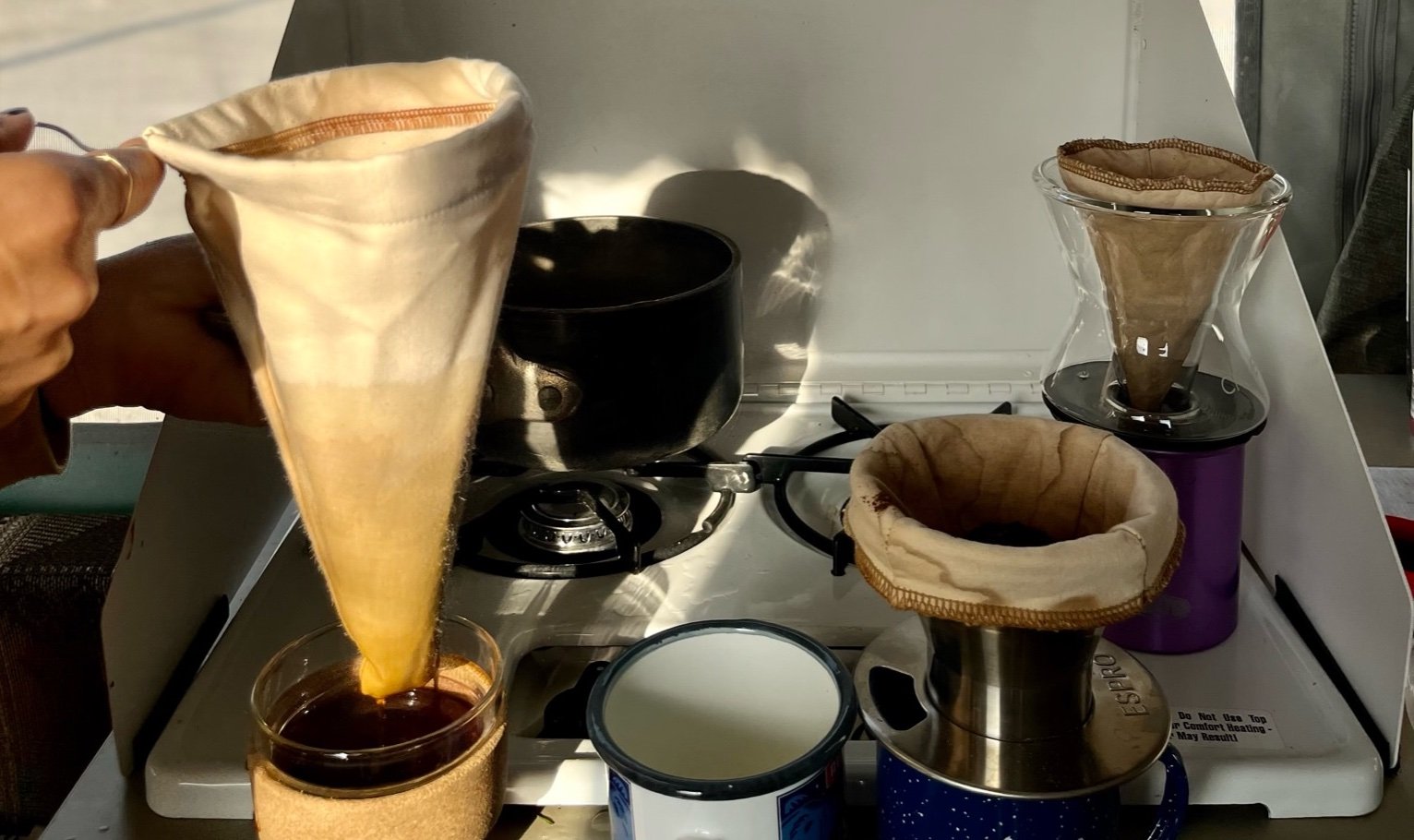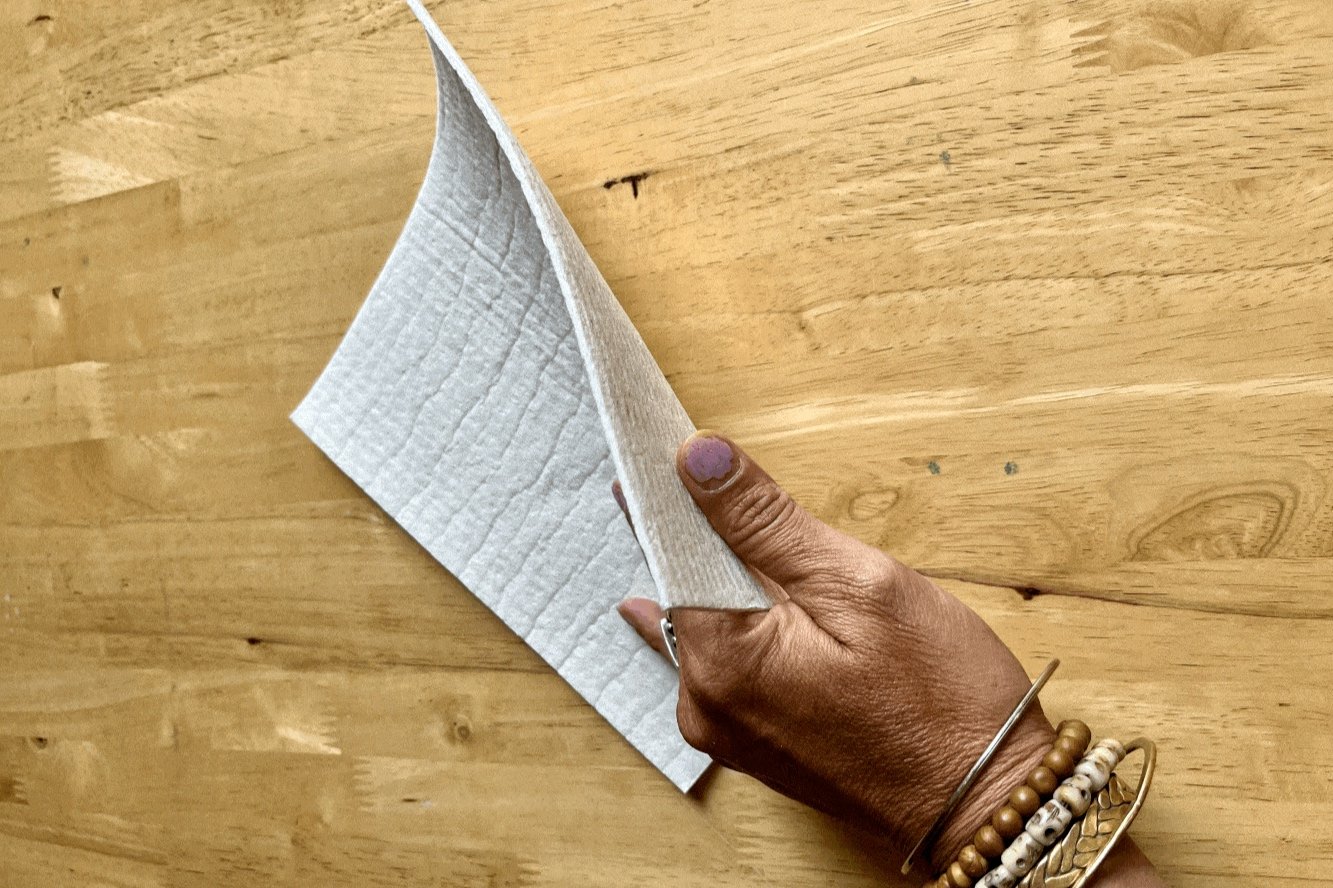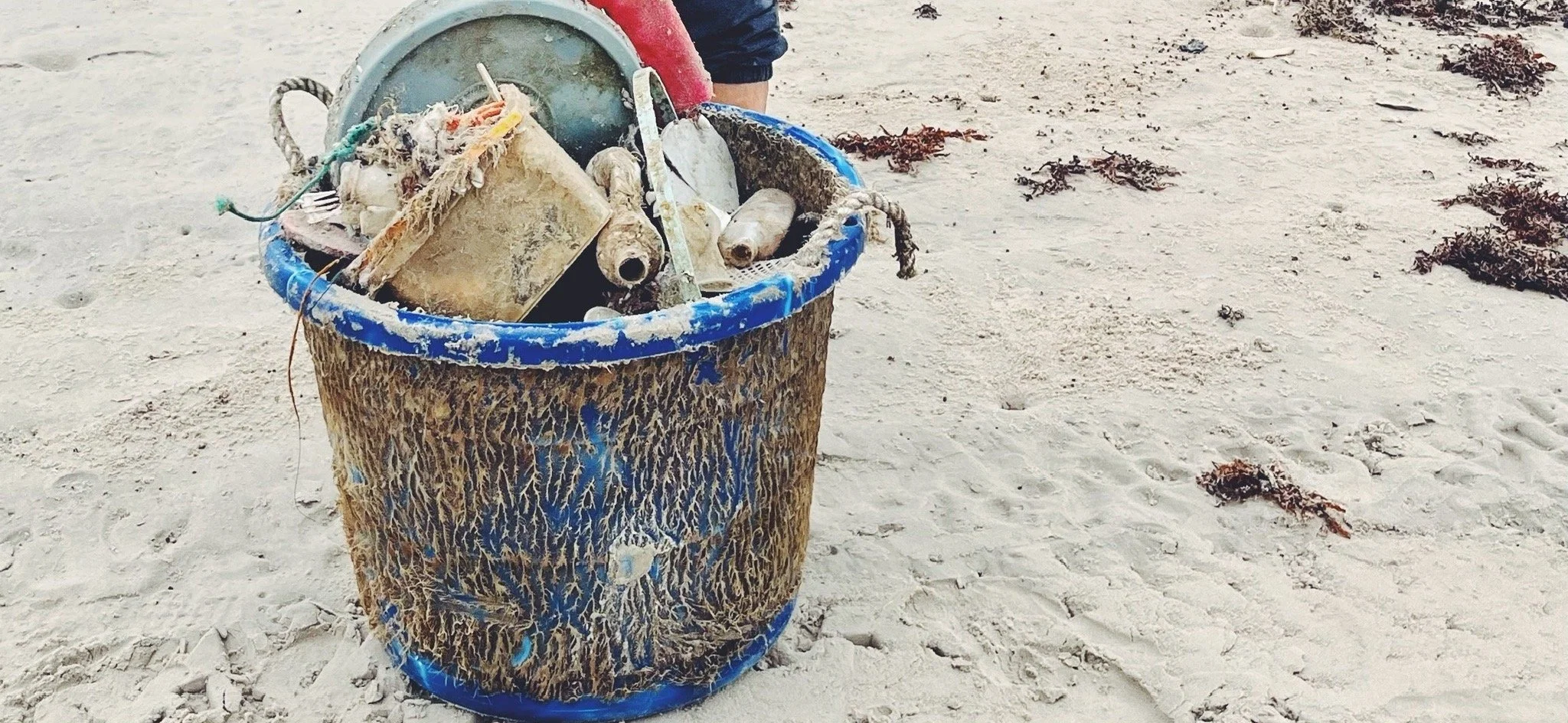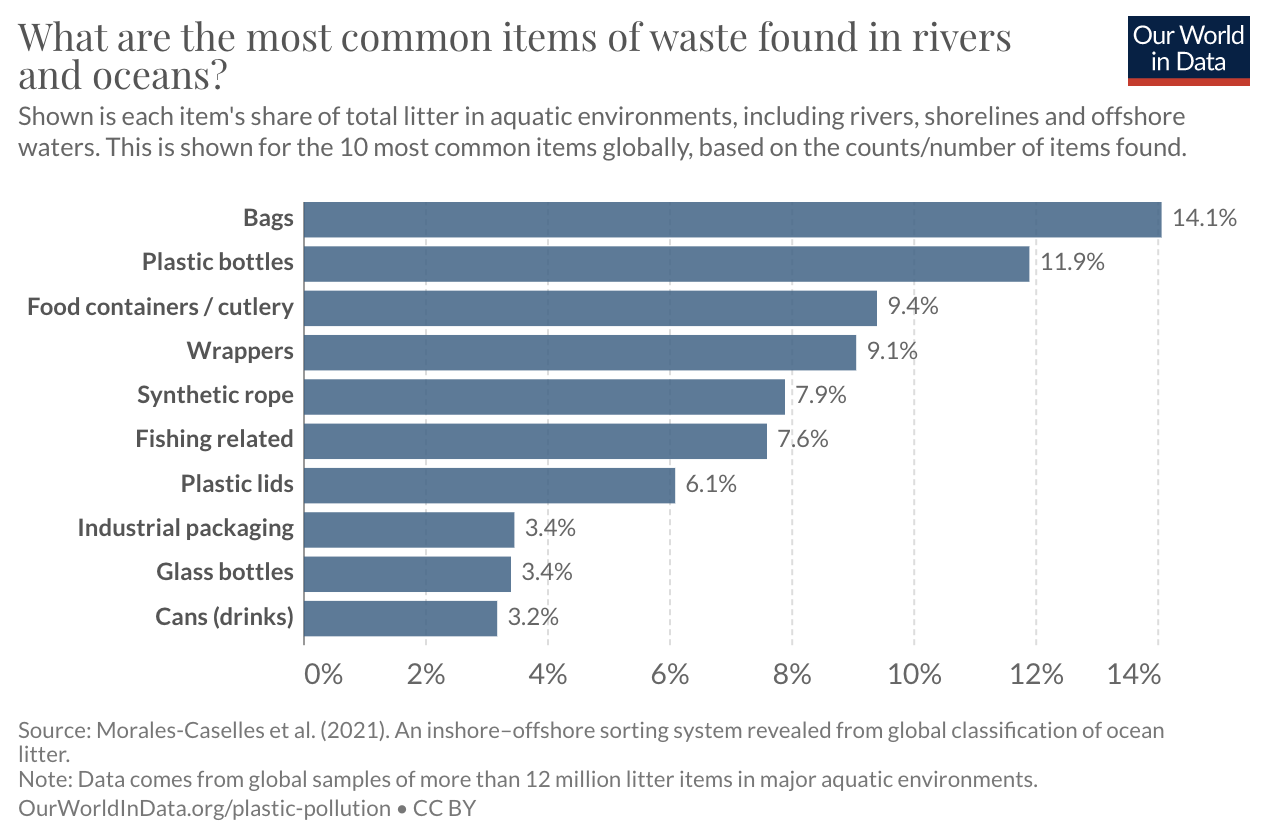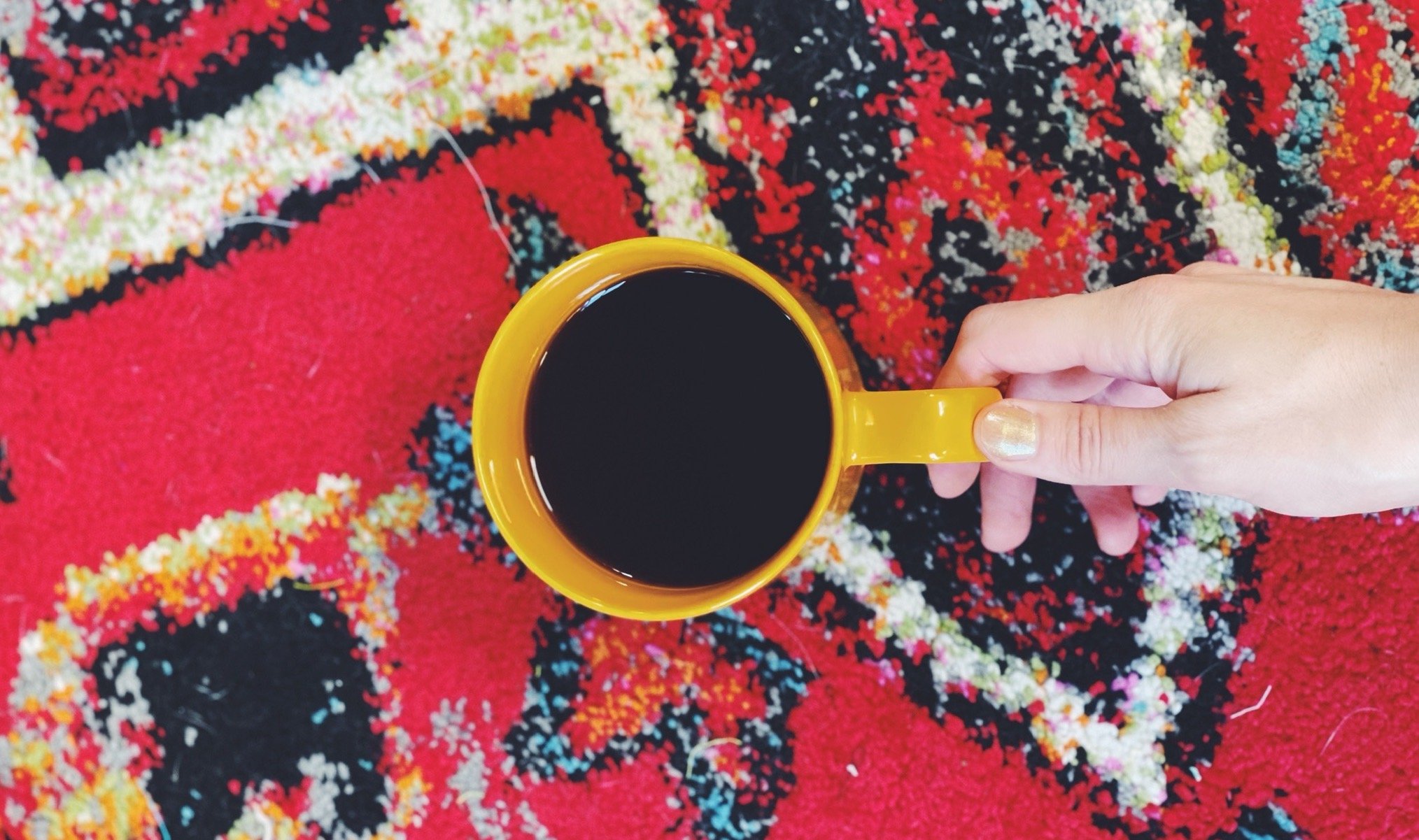Since the 1940s, we’ve been covering leftovers and bowls of rising dough with disposable plastic wrap. It all ends up in landfills and waterways, where it takes more than 450 years to break down. If you love a cling wrap, try this easy alternative.
Homemade dinner rolls always remind me of my memaw. Growing up, I adored the smell of her kitchen, breathing in the yeasty scent of rising dough and fresh-baked breads.
I don’t think I ever saw her open a can of ready-to-cook rolls. And rarely did she buy store-bought bread. Instead, there was the ever-present bowl of rising dough, covered with cling wrap and a kitchen towel, resting in the open oven or on a sunny windowsill.
Fast forward to 2020, when along with everyone it seemed, I channeled memaw’s thrift and ingenuity in the early days of the pandemic and began making bread.
I received a sourdough starter from my neighborhood Buy Nothing group and cobbled together a few supplies. And yes, I bought cling wrap.
The trouble with the wrap
Two things about my cooking style: I avoid plastic whenever possible, but I’m a practical person, so I weigh the costs against the benefits before I make a swap.
With the cling wrap, I wasn’t convinced that any alternative was going to work as well at a reasonable cost—in both time and money. I thought back to memaw’s own thrift and noted that most of my favorite recipe sites listed cling wrap as part of their process.
It doesn’t actually cling that well
But here’s the thing: it actually didn’t work very well. In my memory, the cling wrap always, well…clung. And yet I couldn’t get that clingy seal I imagined. After a little research, I found that lots of people had the same issue.
It turns out that “the original wrap contained a chemical that's toxic to the planet. Polyvinylidene chloride, or PDVC, is the polymer in plastic wrap that makes it stick to itself so well.” Many manufacturers, including Saran, stopped using the toxic ingredient or used far less, relying more on the static that forms when you pull apart the thin plastic to give the product a static cling. (1)
The manufacturing process uses toxic chemicals
After a little more digging, I learned that modern cling wrap still uses materials that make it potentially toxic—for the humans using the wrap and the animals that mistake it for food when it inevitably ends up in landfills, lakes, oceans, and even simply trash cans.
According to National Geographic, the Food and Drug Administration allows for small amounts of the known toxin to be present in plastic wrap, saying it isn’t harmful at low levels, at least not to humans who are not eating the plastic wrap. And it turns out that other ingredients, known as “plasticizers,” may also cause harm.
It’s rarely recycled, takes up to 450 years to biodegrade, and is harmful to sea life
If you have a Ridwell or other paid service that recycles specialty or hard-to-recycle items, then you are not able to recycle plastic wrap. And most people do not have this access. Your city recycling program can’t handle plastic wrap, since the thin plastic clogs up recycling machines. If you put it in your recycling bin anyway, you might be resigning the entire bin back into the landfill, since your city probably cannot take the time to separate out the offending cling wrap.
As a result, we don’t recycle plastic wrap though “5.3 million Americans used 10 or more rolls of plastic wrap” in a single year, and “Each year, Americans buy enough plastic film to shrink-wrap Texas.” (2) That’s…a lot.
And depending on the chemicals used to create the wrap, it will sit in the landfill for a minimum of 10 years, leaching out its chemicals, and up to 450 years for wraps that still use PVC.
Of course, sometimes it doesn’t end up in landfills, where at least it is contained. Each year, according to the Ocean Conservancy, 8 million metric tons of plastics, including plastic wraps, end up in the oceans where sealife can try to eat it or get tangled in it.
A better alternative: reusable containers & bee’s wax wraps
We didn’t always have reusable containers, Tupperware, and ample refrigeration. So, it makes sense that many of our elders used cling wrap as a necessary intervention to keep food fresh and safe to eat.
Times have changed though, and it’s time to say goodbye to plastic wrap.
Use a mason jar
In 2021, we told you our favorite way to use less plastic—the humble mason jar. In it, you can store leftover food, use it as a to-go container for work lunches, preserve fruit and pickle veggies, buy from the local bulk bin, and more and more.
They’ve been around for more than a century, and though you can add some modern conveniences, like sippy-cup lids and metal funnels, the classic jar cannot be beaten for about 1,000 different uses.
And they’re still cheap.
Try Bee’s Wrap
The one thing you can’t easily do in a mason jar? Set your sourdough to rise. You might use the jar to store your starter, but when it’s time to mix up the dough, you’ll want something to securely cover the top of your bowl.
I’ve been loving Bee’s Wrap for this. It’s inexpensive, reusable, non-toxic, and compostable. Hexhugger sells bowl covers in several sizes, including extra large—perfect for the dough rise.
But you can buy much smaller sizes for a variety of other needs, including covering your mason jar when you can’t seem to find a lid.
Wrap snacks for a picnic, keep your lunch sandwich fresh, preserve half a lemon or avocado in the fridge, or keep that freshly baked loaf of bread soft for an extra day.
You can reuse Bee’s Wraps over and over—simply rinse them in water to clean after use—and they’ll keep working for about a year. Once they’ve come to the end of the road, you can use them as a natural firestarter (how cool is that?) or add them to your compost.
The thrift of our elders + modern knowledge of sustainability
As we learn more about the environmental impacts of human activities—everything from driving and flying to fast fashion and plastic waste—we are looking back to our elders to understand how to live more sustainably.
They grew their own food or bought it from local suppliers. They cooked at home using fresh or preserved real-food ingredients. They had fewer clothes and shoes and repaired them when they ripped or needed new soles.
We have much to re-learn from these practices. And we also have much to offer—an understanding of the harms of plastic and a plethora of alternatives is chief among them.
I know memaw would be proud to see me baking fresh bread. And I know she would be delighted by learning a new trick from her granddaughter, too. A wrap she could wash and reuse over and over again? One she could store anywhere and use to cover just about anything? They would be covering her bread bowl and emerging full of snacks from her bag. I just know it.


